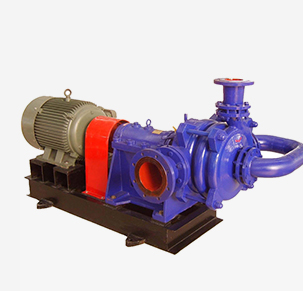Turkmen
- Afrikaans
- Albanian
- Amharic
- Arabic
- Armenian
- Azerbaijani
- Basque
- Belarusian
- Bengali
- Bosnian
- Bulgarian
- Catalan
- Cebuano
- Corsican
- Croatian
- Czech
- Danish
- Dutch
- English
- Esperanto
- Estonian
- Finnish
- French
- Frisian
- Galician
- Georgian
- German
- Greek
- Gujarati
- Haitian Creole
- hausa
- hawaiian
- Hebrew
- Hindi
- Miao
- Hungarian
- Icelandic
- igbo
- Indonesian
- irish
- Italian
- Japanese
- Javanese
- Kannada
- kazakh
- Khmer
- Rwandese
- Korean
- Kurdish
- Kyrgyz
- Lao
- Latin
- Latvian
- Lithuanian
- Luxembourgish
- Macedonian
- Malgashi
- Malay
- Malayalam
- Maltese
- Maori
- Marathi
- Mongolian
- Myanmar
- Nepali
- Norwegian
- Norwegian
- Occitan
- Pashto
- Persian
- Polish
- Portuguese
- Punjabi
- Romanian
- Russian
- Samoan
- Scottish Gaelic
- Serbian
- Sesotho
- Shona
- Sindhi
- Sinhala
- Slovak
- Slovenian
- Somali
- Spanish
- Sundanese
- Swahili
- Swedish
- Tagalog
- Tajik
- Tamil
- Tatar
- Telugu
- Thai
- Turkish
- Turkmen
- Ukrainian
- Urdu
- Uighur
- Uzbek
- Vietnamese
- Welsh
- Bantu
- Yiddish
- Yoruba
- Zulu
Telephone: +86 13120555503
Email: frank@cypump.com
Nov . 24, 2024 11:15 Back to list
slurry pump parts
Understanding Slurry Pump Parts
Slurry pumps play a crucial role in various industries, particularly those involved in mining, mineral processing, and construction. These pumps are specifically designed to handle a mixture of solids and liquids, known as slurry, which can be abrasive, corrosive, and thick. To ensure efficient operation and longevity, it's essential to understand the key components that make up slurry pumps.
1. Pump Housing The pump housing is the outer shell of the slurry pump. It is typically constructed from robust materials such as cast iron or steel to withstand the harsh conditions of transporting slurry. The design of the housing allows for optimal fluid flow and minimizes wear caused by abrasive particles in the slurry.
Understanding Slurry Pump Parts
3. Volute Attached to the impeller, the volute is the passage that directs the flow of slurry from the impeller into the discharge pipe. The volute is designed to convert the kinetic energy generated by the impeller into pressure, facilitating the movement of the slurry to its desired destination.
slurry pump parts

4. Shaft The shaft is the central rod that connects the impeller to the motor. It rotates the impeller, and its durability is crucial as it bears the stress of the pump’s operation. Shafts are often made from high-strength materials to resist bending and wear, thus ensuring a reliable performance.
5. Wear Liners To protect the pump's internal components from the abrasive nature of the slurry, wear liners are installed. These liners are typically made from rubber or hardened metals and are replaceable, allowing for maintenance without needing to replace the entire pump.
6. Bearings Bearings support the shaft and allow it to rotate smoothly. They are integral to reducing friction and heat generation. Proper lubrication and regular maintenance of bearings are essential to prolonging the pump's life.
7. Seals Seals prevent leakage of the slurry and protect the mechanical components from contamination. There are various types of seals used in slurry pumps, including mechanical seals and packing seals, each with specific applications based on the slurry's properties.
In conclusion, understanding the parts of a slurry pump is essential for anyone involved in industries that require the movement of slurry. By ensuring that each component is manufactured from high-quality materials and maintained properly, operators can enhance the efficiency and durability of their slurry pump systems, leading to improved productivity and reduced downtime.
-
Custom Drilling Mud and Slurry Pump Supplier - High Efficiency, Tailored Solutions
NewsJun.10,2025
-
Supply Vertical Submersible Sewage Pump High-Efficiency WQ/QW Pumps Supplier
NewsJun.10,2025
-
Premium Sewage Ejection System & Pumps Efficient Waste Removal
NewsJun.09,2025
-
Premium Wholesale Slurry Pump Impellers Durable & Efficient Slurry Handling
NewsJun.09,2025
-
Top Sewage Pump Companies Durable Industrial Solutions for Efficiency
NewsJun.09,2025
-
Heavy Duty Slurry Pumps - OEM High Performance & Bulk Wholesale
NewsJun.09,2025










